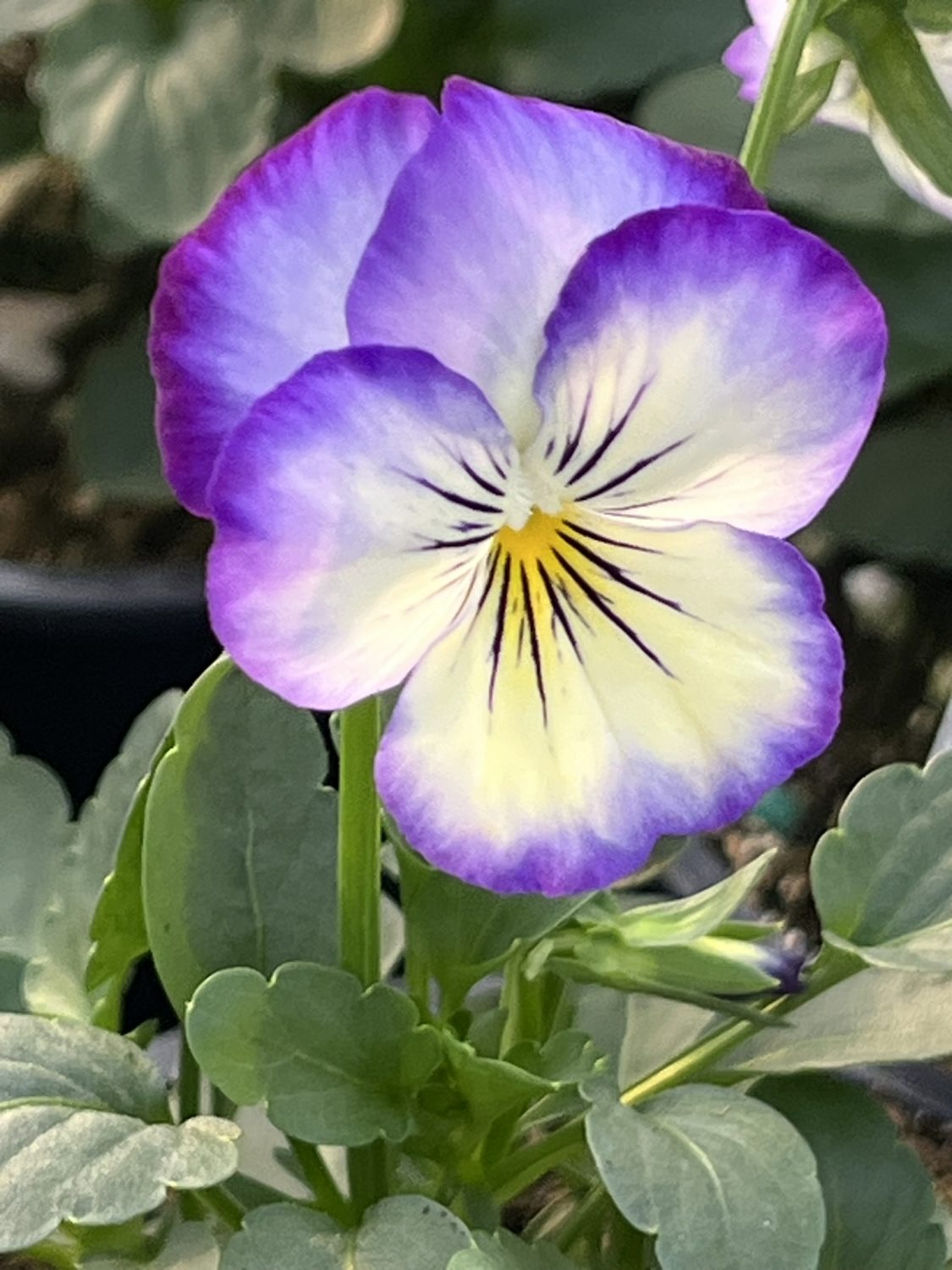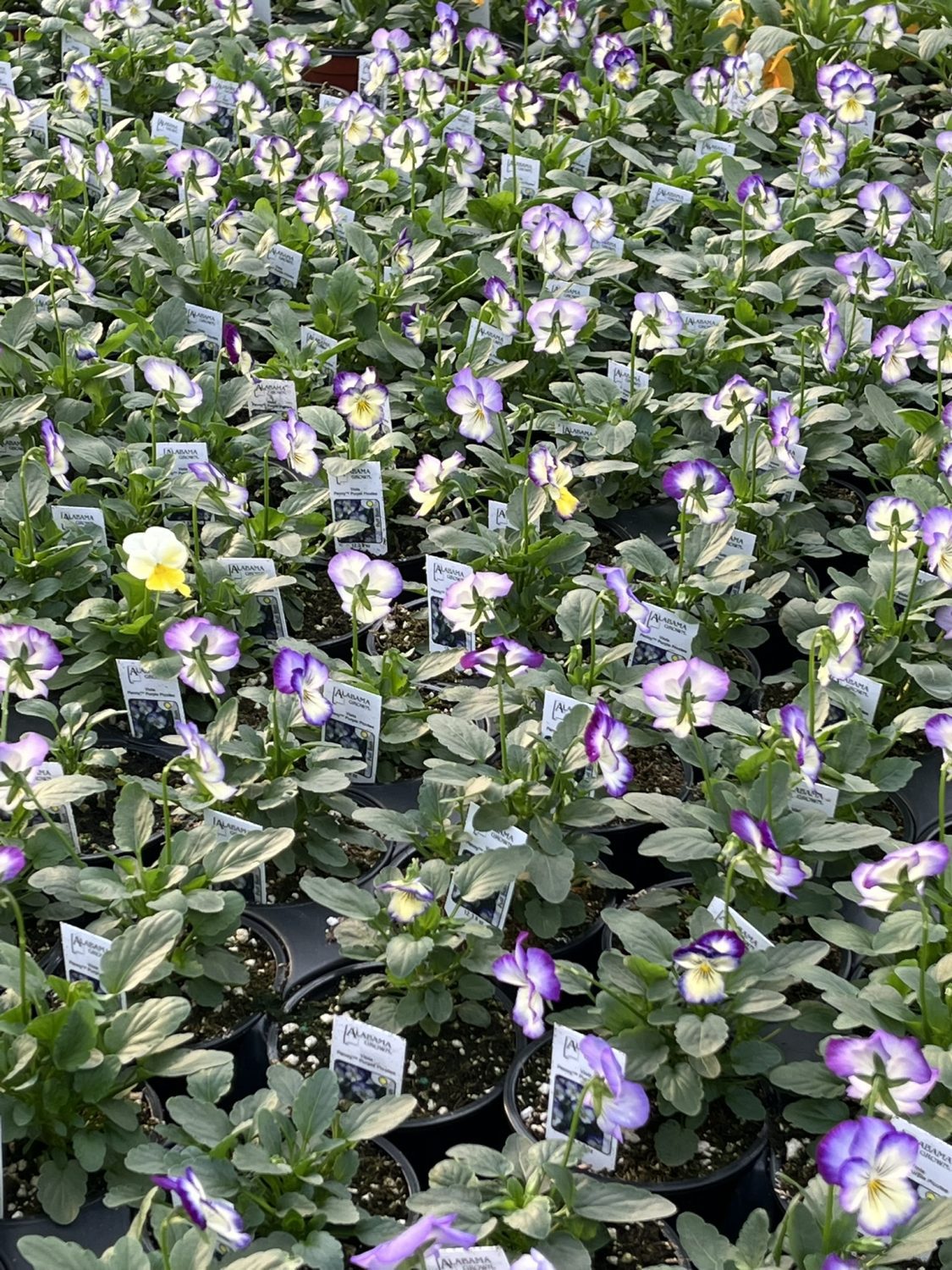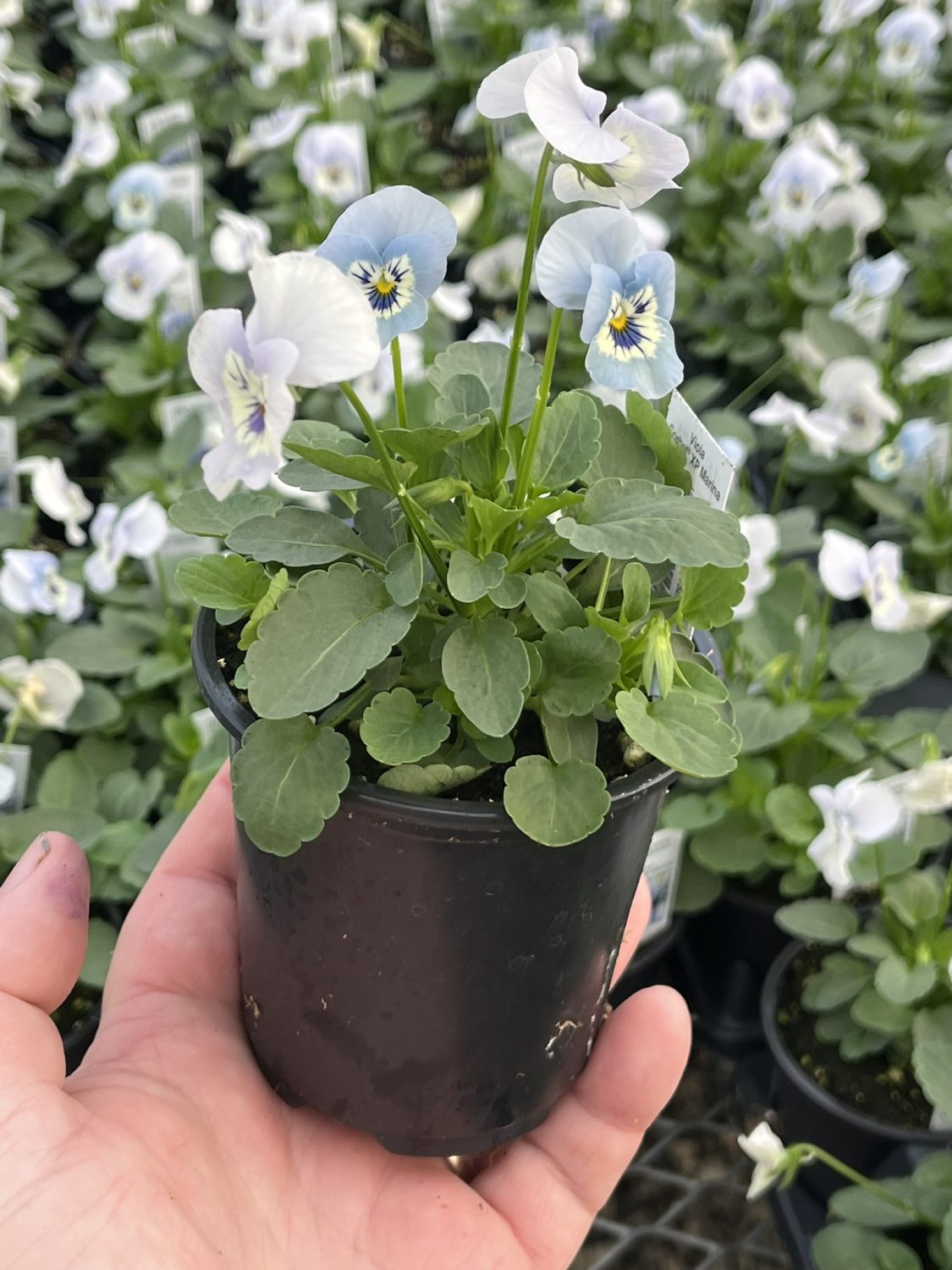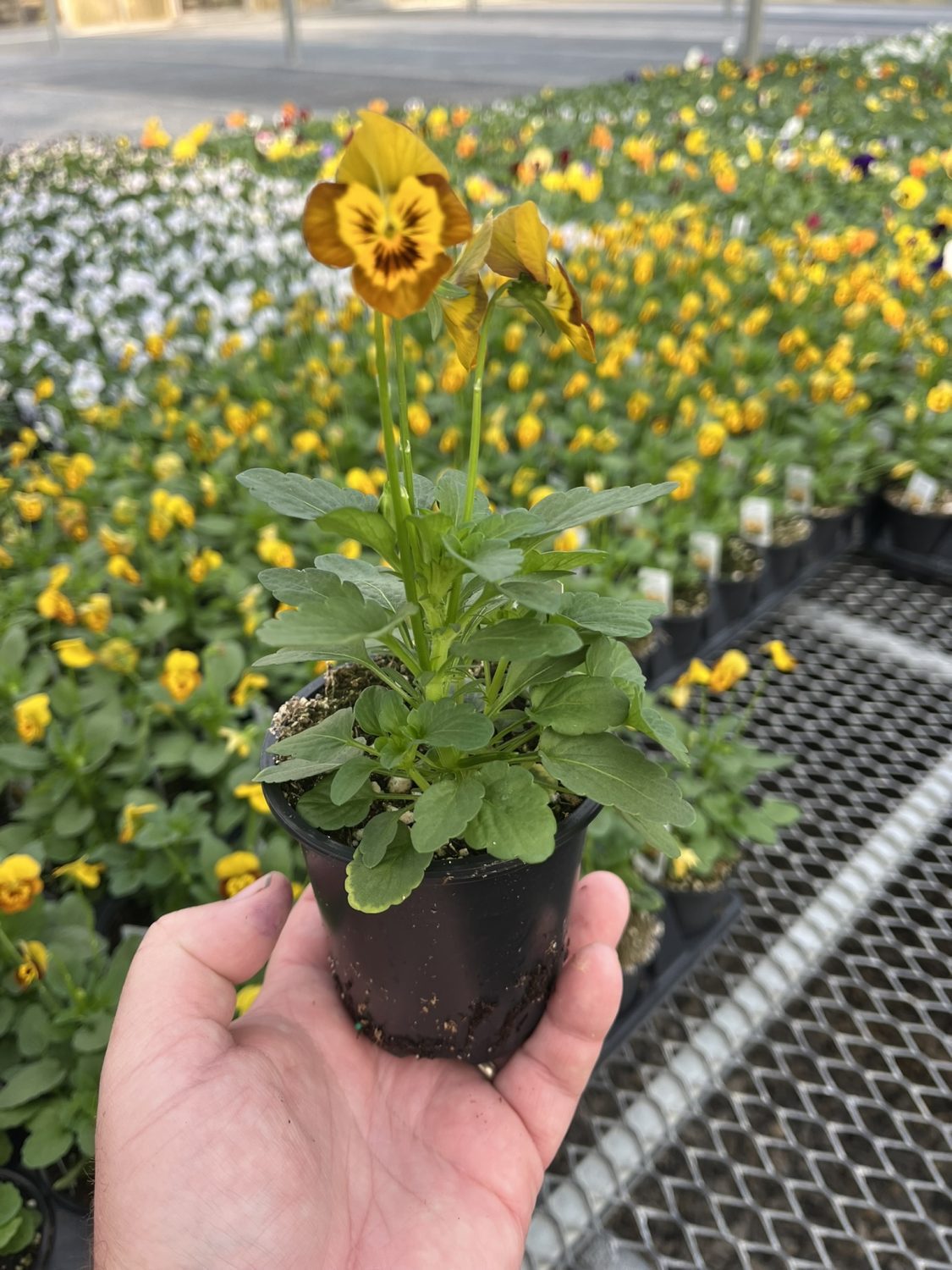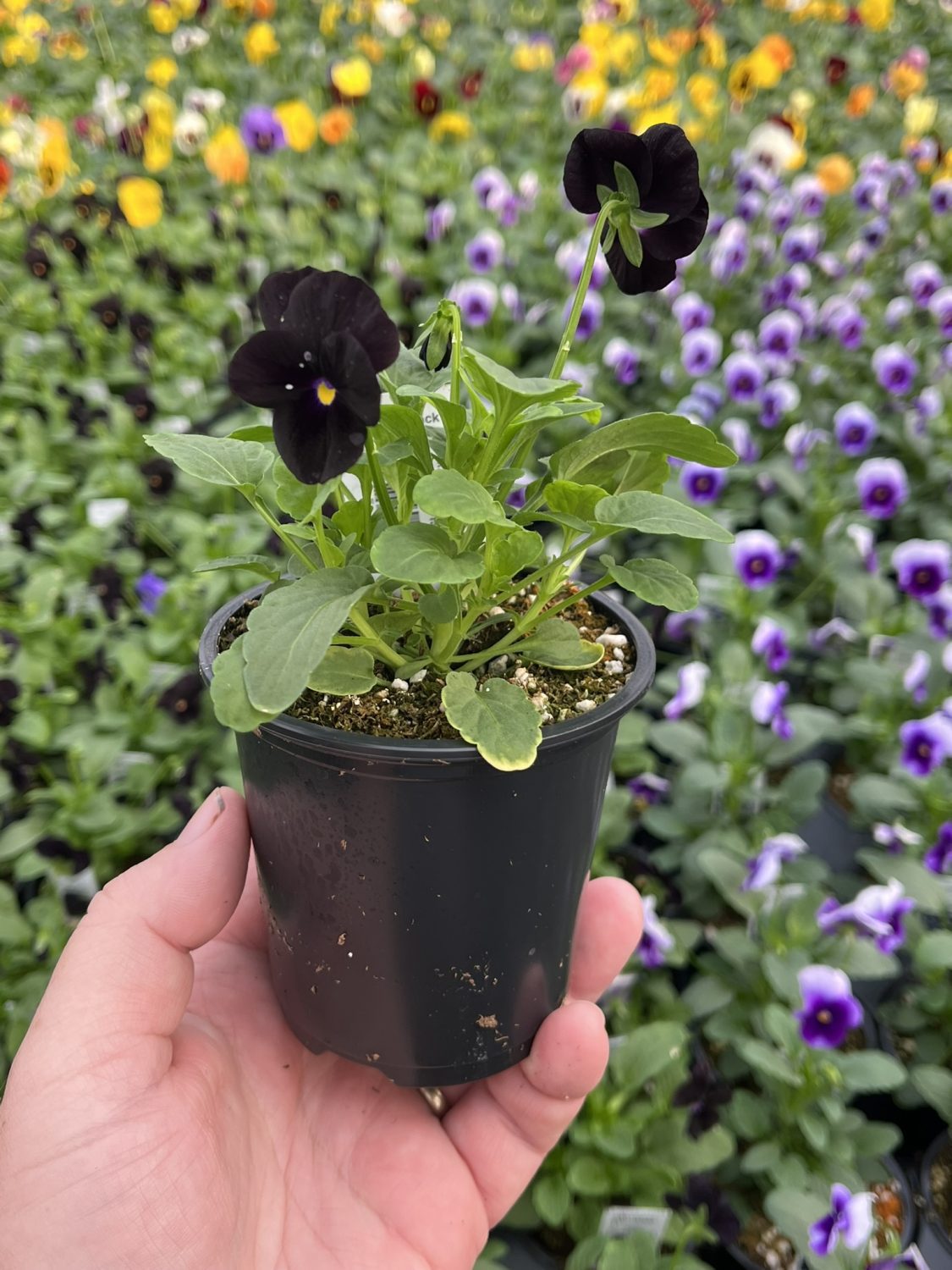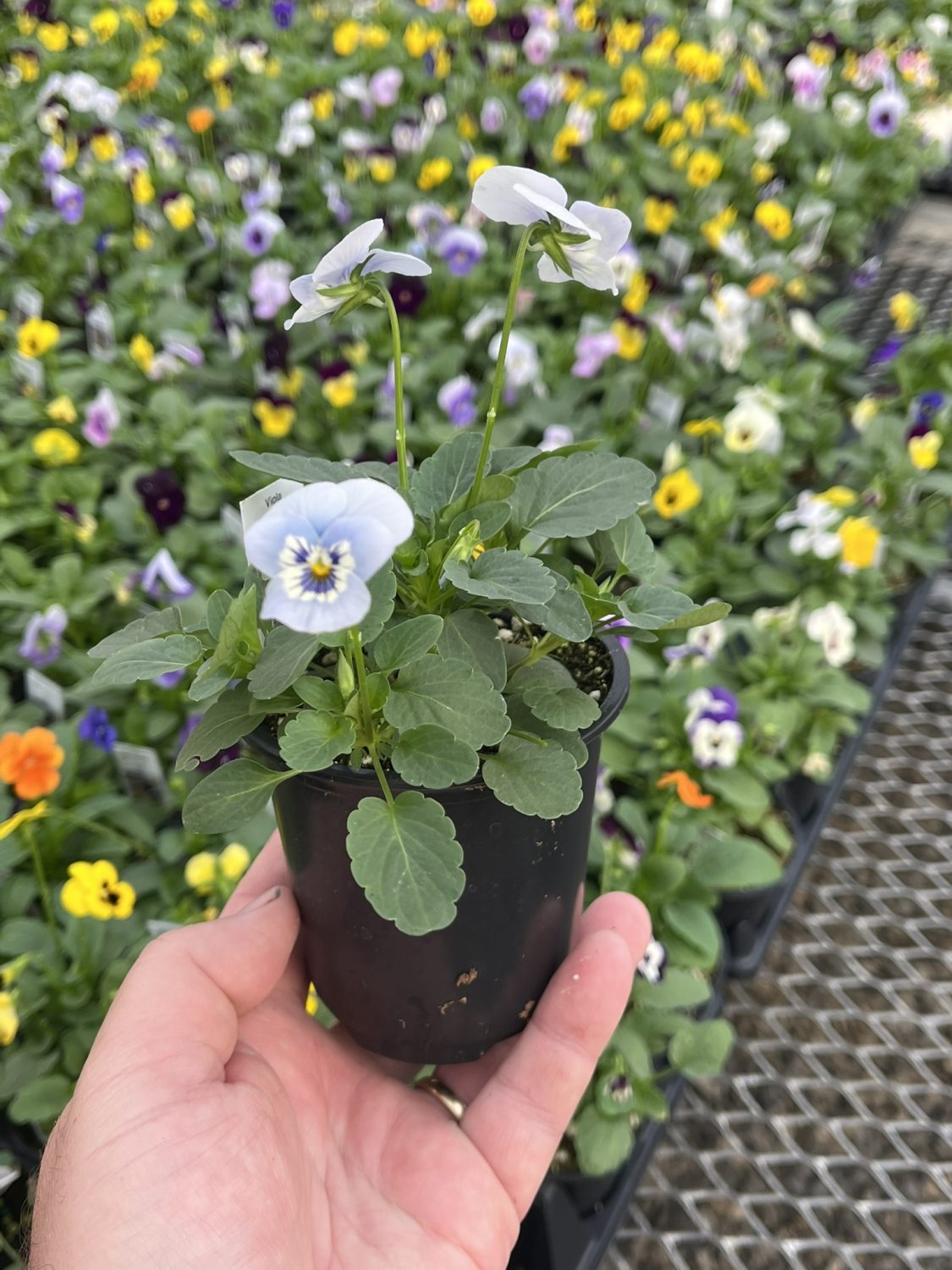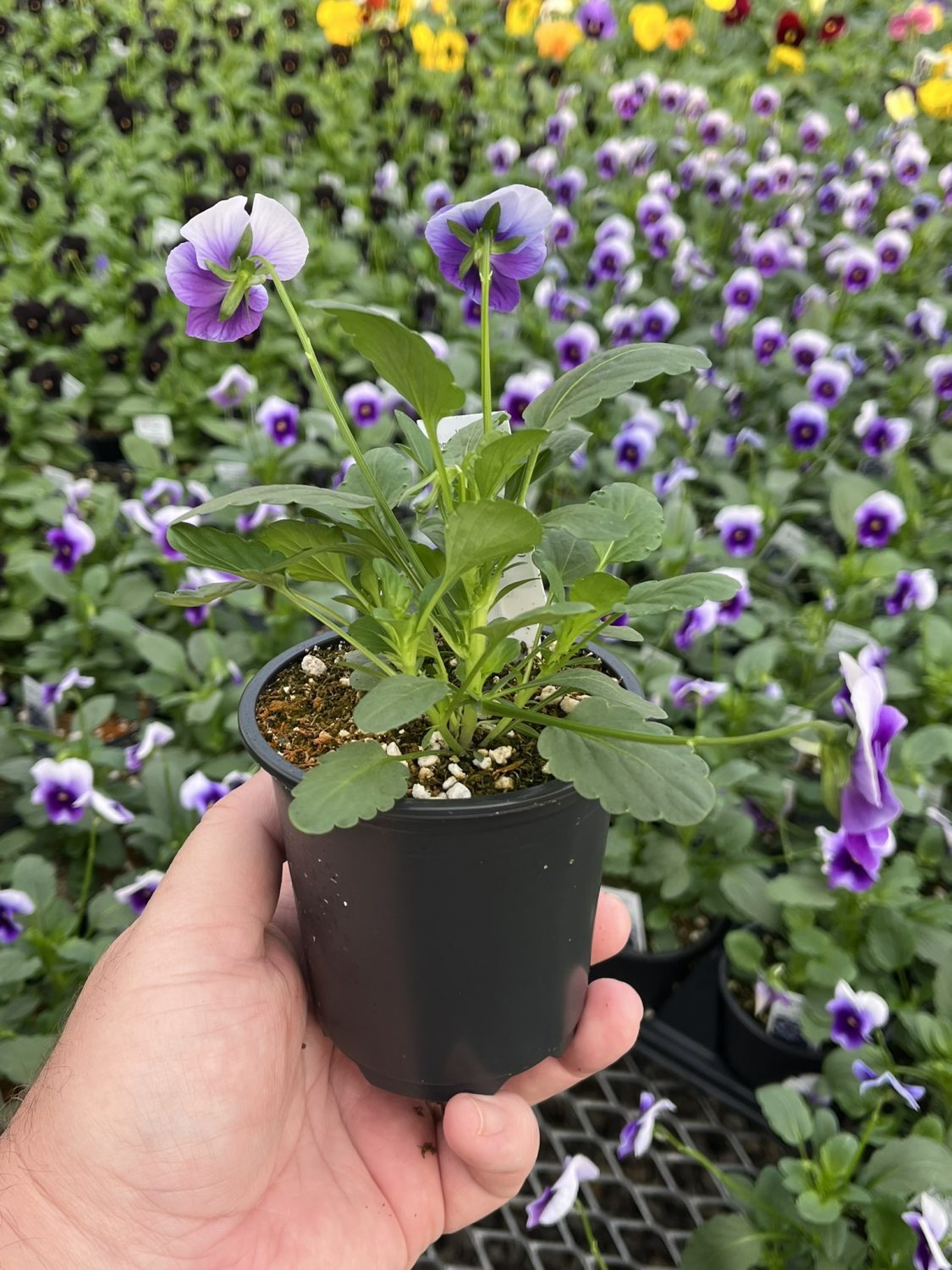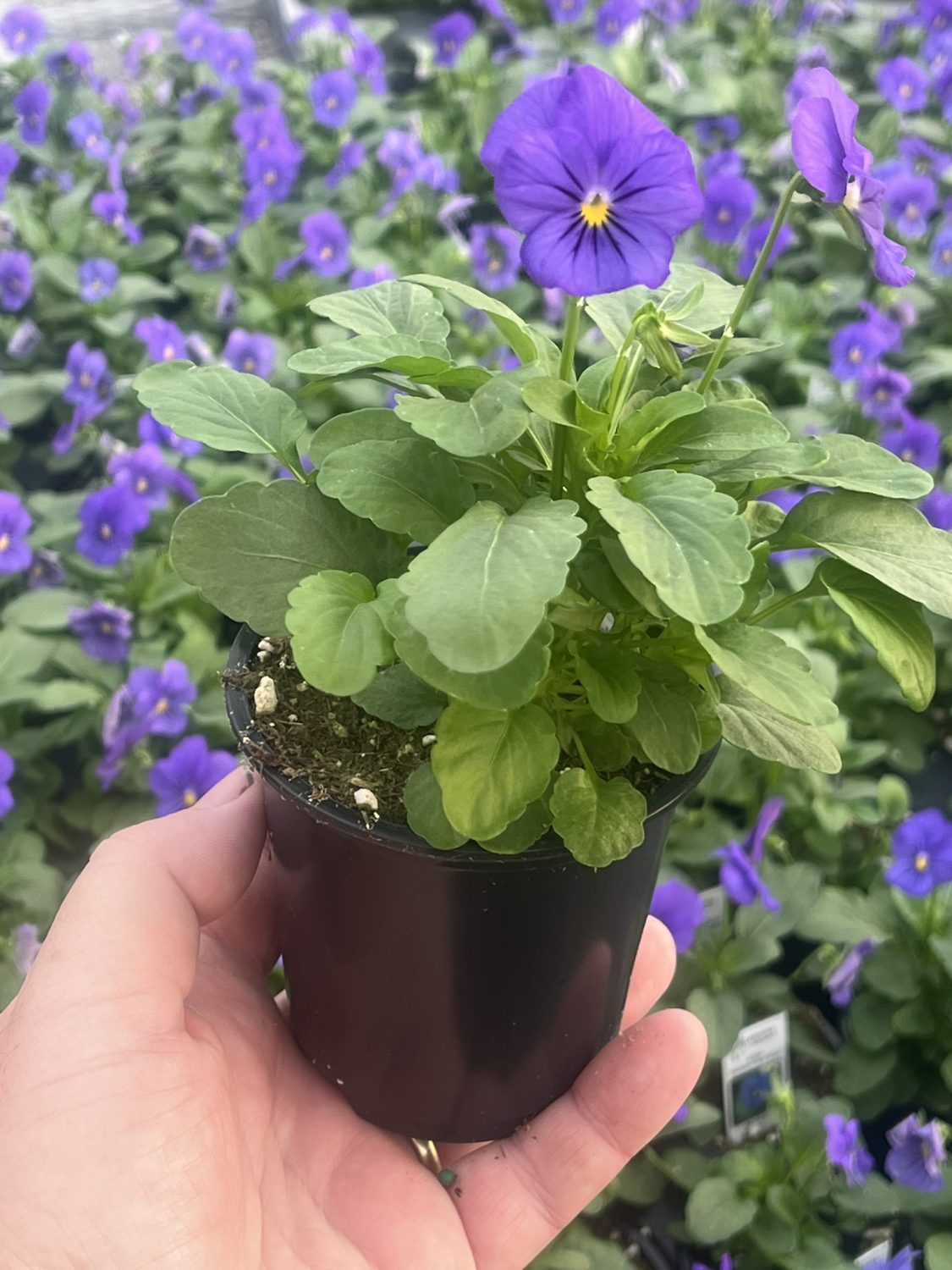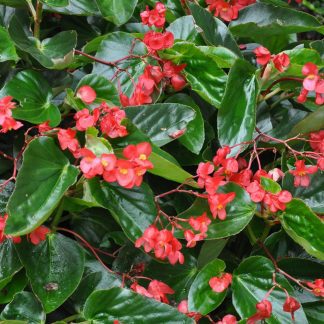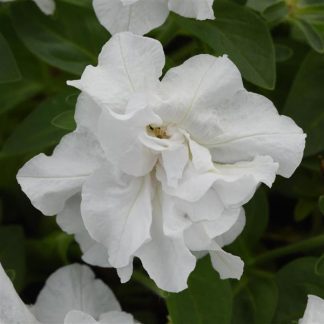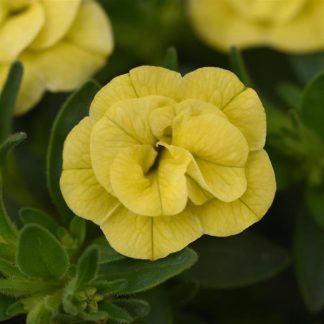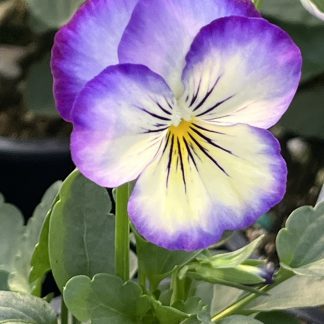Description
Viola ‘Purple Picotee’ — Laced Petals, Luxe Color, Effortless Care
If you love refined color with a tailored finish, Viola ‘Purple Picotee’ is your showpiece. Each bloom is deep purple at the center and outlined with a crisp white edge—a classic picotee rim that looks hand-painted. The golden eye glows. Fine whiskers draw you in. The plants stay compact and tidy, so borders and bowls look polished from day one. In other words, we get luxe style without high-maintenance work.
This guide gives you everything you need: what makes ‘Purple Picotee’ special, how to plant it, and the simple care that keeps flowers coming. We keep it friendly. We keep it clear. And we focus on wins you can see.
Why We Love ‘Purple Picotee’
- Signature edge. Rich purple petals trimmed in clean white—a striking, fashion-forward finish.
- Long, cool-season bloom. Fall through spring in mild regions; spring into early summer in cooler zones.
- Compact habit. Neat 6–8 inch mounds that read “finished” right away.
- Design power. The white rim adds definition, so each flower pops even from a distance.
- Easy care. Quick to plant, quick to reward.
But most of all, that picotee line changes everything. It brightens the purple, sharpens the outline, and makes even small plantings read as special. The effect is elegant in the morning and dramatic at dusk.
Plant Profile at a Glance
Type: Cool-season annual (short-lived perennial in very mild climates)
Botanical group: Viola × wittrockiana selection (pansy-type viola)
Height: 6–8 inches
Spread: 8–10 inches
Habit: Low, mounded, and dense
Bloom time: Heaviest in cool weather; peak in early spring
Fragrance: Light and sweet on warm afternoons
Foliage: Soft green, rounded leaves that frame the edged petals
In good light, plants keep their shape and do not sprawl. After more than a few weeks, neighboring mounds knit together for a plush, carpeted edge.
Where ‘Purple Picotee’ Thrives
Light: Full sun to part shade; in warm regions, aim for morning sun with afternoon shade.
Soil: Loose, well-drained, and rich in organic matter.
pH: Neutral to slightly acidic is ideal.
Water: Keep evenly moist, never soggy.
Violas love cool roots. A one-inch mulch helps hold moisture, keeps soil temperatures steady, and reduces weeds. Instead of fighting dry patches, you set up an easy life for the plant.
Best Planting Windows by Region
- Cool and cold zones (3–6): Plant in early spring as soon as soil can be worked; or plant in early fall and protect new transplants from first hard freezes.
- Moderate zones (6–8): Plant in fall for a winter-to-spring show.
- Warm zones (8–10): Plant in fall for peak color through the coolest months; offer afternoon shade as spring heat builds.
If a hard freeze is forecast, cover fresh plantings at dusk with frost cloth and remove it in the morning. Simple protection. Big payoff.
Step-by-Step Planting
1) Prepare the bed.
Loosen the top 8–10 inches of soil. Blend in compost for drainage and nutrients. Break clods so roots move easily.
2) Space for fullness.
Set plants 8–10 inches apart. They fill fast and create a smooth, connected look.
3) Plant at the right depth.
Keep the crown level with surrounding soil. Firm gently. Water to settle and remove air pockets.
4) Mulch lightly.
A thin layer helps cool the root zone and steady moisture.
5) First feeding.
Work a slow-release, balanced fertilizer into the planting area. A little nutrition up front supports steady growth and nonstop buds.
Care That Keeps Blooms Coming
Watering
Aim for even moisture. Let the top inch of soil dry slightly between waterings. Containers dry faster—check with a fingertip daily in bright or breezy weather.
Feeding
Use a balanced, slow-release fertilizer at planting. Then give a light water-soluble feeding every 4–6 weeks. Little and often is best; heavy feeding pushes leaves instead of flowers.
Deadheading
Pinch off spent blooms and forming pods. This small habit keeps energy flowing into new buds. A few minutes each week. Months of color.
Heat management
As late spring warms, blooms may pause. Provide afternoon shade and steady water. In many regions, fall plantings last longest and look freshest.
What Makes ‘Purple Picotee’ Stand Out
Purple violas are already luxurious. The white picotee edge takes that luxury and gives it definition. Each flower reads like a cameo pin—dark center, bright rim, golden eye. From the curb, you see a jeweled wash of color with crisp highlights. Up close, you notice the fine whiskers that pull the eye inward. We love how the edge keeps the bloom visible in low light, so evening paths still pop.
Design Ideas You Can Copy Today
1) Tuxedo border
Pair ‘Purple Picotee’ with white alyssum and silver dusty miller. The white rim echoes the white filler. The silver keeps things cool. The look is clean and tailored.
2) Royal contrast
Mix with golden heuchera, lemon primroses, or yellow daffodils. Purple and gold are classic. The picotee edge sharpens the contrast without feeling harsh.
3) Berry-and-blush
Blend with magenta dianthus, lavender, and blush tulips. The white rim keeps the palette bright while the purples feel rich.
4) Underplant spring bulbs
Tuck around tulips, daffodils, and grape hyacinths. As bulb foliage fades, violas keep the display fresh. In other words, no awkward gaps.
5) Statement containers
Choose matte black, charcoal, cream, or deep plum pots. Plant 3 starts in a 12-inch bowl with trailing ivy and a small grass for height. Instant curb appeal.
Companion Plants That Love the Same Conditions
- Spring bulbs: Tulips, daffodils, hyacinths, muscari
- Cool-season stars: Pansies, stock, nemesia, snapdragons, sweet alyssum
- Edible accents: Curly parsley, chives, baby lettuce, kale (ornamental or edible)
- Foliage foils: Heuchera (lime, amber, or silver), dusty miller, lamb’s ear, blue fescue
These partners share the same needs—cool temps, even moisture, gentle feeding—so the whole display stays stress-free.
Growing in Pots, Steps, and Railings
You don’t need a big bed to enjoy ‘Purple Picotee’. A sunny step will do.
- Choose a container with a drainage hole.
- Fill with high-quality potting mix.
- Plant 3 plants per 12-inch bowl for a full, finished look.
- Water when the top inch feels dry.
- Rotate the pot weekly so all sides see the sun.
That’s it. Simple steps. Happy plants.
Edible Flower Note
Many violas are used as edible garnishes. If you plan to use ‘Purple Picotee’ petals on cakes, salads, or drinks, grow in clean soil and avoid non-edible sprays. Rinse gently and use fresh. If you grow only for color, enjoy the show and skip the plate.
Quick Answers (Fast and Clear)
How much sun do we need?
Full sun in cool weather. Part shade as heat builds. In warm zones, morning sun with afternoon shade is ideal.
How often should we water?
Keep moisture even. Containers dry quickly in wind and bright sun—check daily with your fingertip.
Do we need to deadhead?
Yes. Pinching keeps flowers coming and prevents seed set.
Will ‘Purple Picotee’ reseed?
Sometimes. If pods mature, you may spot volunteers next season.
Are they deer resistant?
They’re not a top deer favorite, but hungry deer sample almost anything. Use covers or repellents if pressure is high.
Troubleshooting Made Simple
Leggy plants
Usually low light or warmth. Move to more sun or pinch lightly to shape.
Few flowers
Often caused by heat, heavy nitrogen, or skipped deadheading. Add afternoon shade, switch to balanced feeding, and remove spent blooms.
Yellowing leaves
Usually soggy soil or poor drainage. Loosen the bed, refresh mulch, and let the top inch dry slightly between waterings.
Aphids or mites
Rinse with a firm spray of water. Repeat in a few days. Keep plants unstressed with steady moisture and light, regular feeding.
How Many Plants to Order
- Edging: 3–4 plants per linear foot
- Mass bed: 5–7 plants per square yard
- Containers: 3 plants per 12-inch bowl; 5–6 for a 24-inch window box
This spacing builds that lush, carpeted look we all want. Instead of gaps, you get instant fullness.
Simple Care Calendar
At planting: Compost + slow-release feed + water to settle
Weekly: Check moisture; pinch spent blooms
Every 4–6 weeks: Light water-soluble feeding
Before heat waves: Refresh mulch; add afternoon shade if possible
Before hard freezes (new plantings): Cover at night, uncover in the morning
Clip this list and keep it by your potting bench. It keeps you on track from first bud to last.
Sustainability Notes We Appreciate
‘Purple Picotee’ thrives in the shoulder seasons, when water needs are modest compared to summer annuals. Early flowers feed helpful pollinators. Instead of bare beds in cool months, you offer color for us and nectar for them. That’s a win all around.
Why ‘Purple Picotee’ Belongs in Your Cart
We want more than a pretty start. We want steady bloom, tidy shape, and color that elevates everything around it. Viola ‘Purple Picotee’ checks every box. The white edge adds clarity. The purple brings depth. Together they turn simple borders into statements and small containers into jewels. After more than one season, you may find it becomes your signature cool-season accent. We feel the same way.
Laced in Light, Planted Right
Ready to line your paths and bowls with tailored blooms? Let’s plant Viola ‘Purple Picotee’—crisp rims, velvet centers, and easy care. Small plants. Big presence. Edge Bright, Color Tight.

